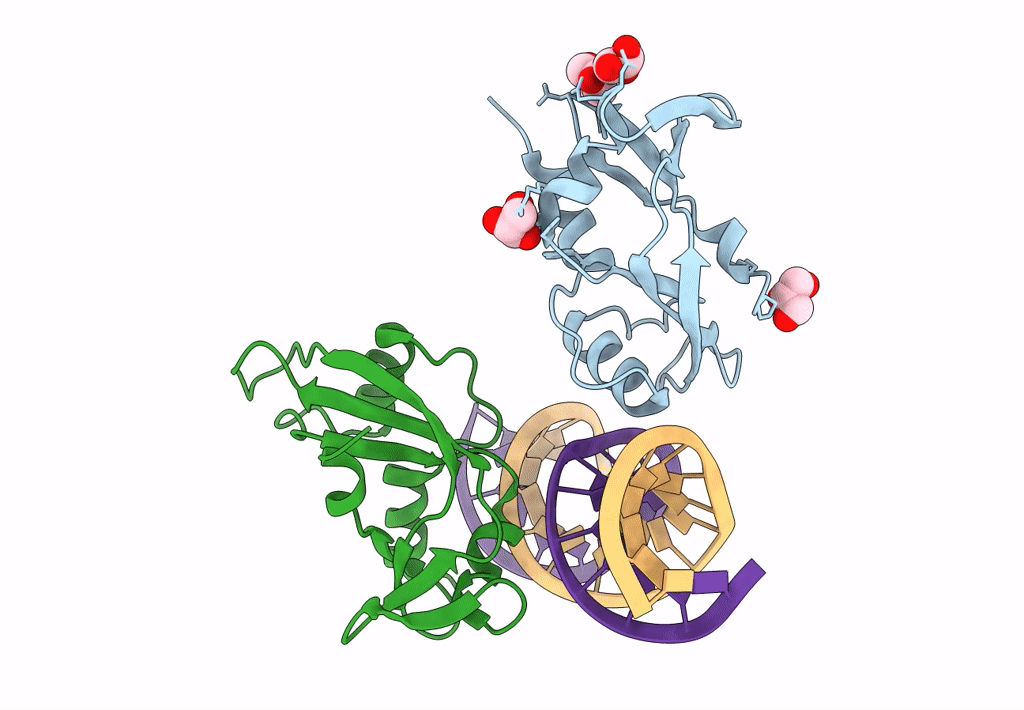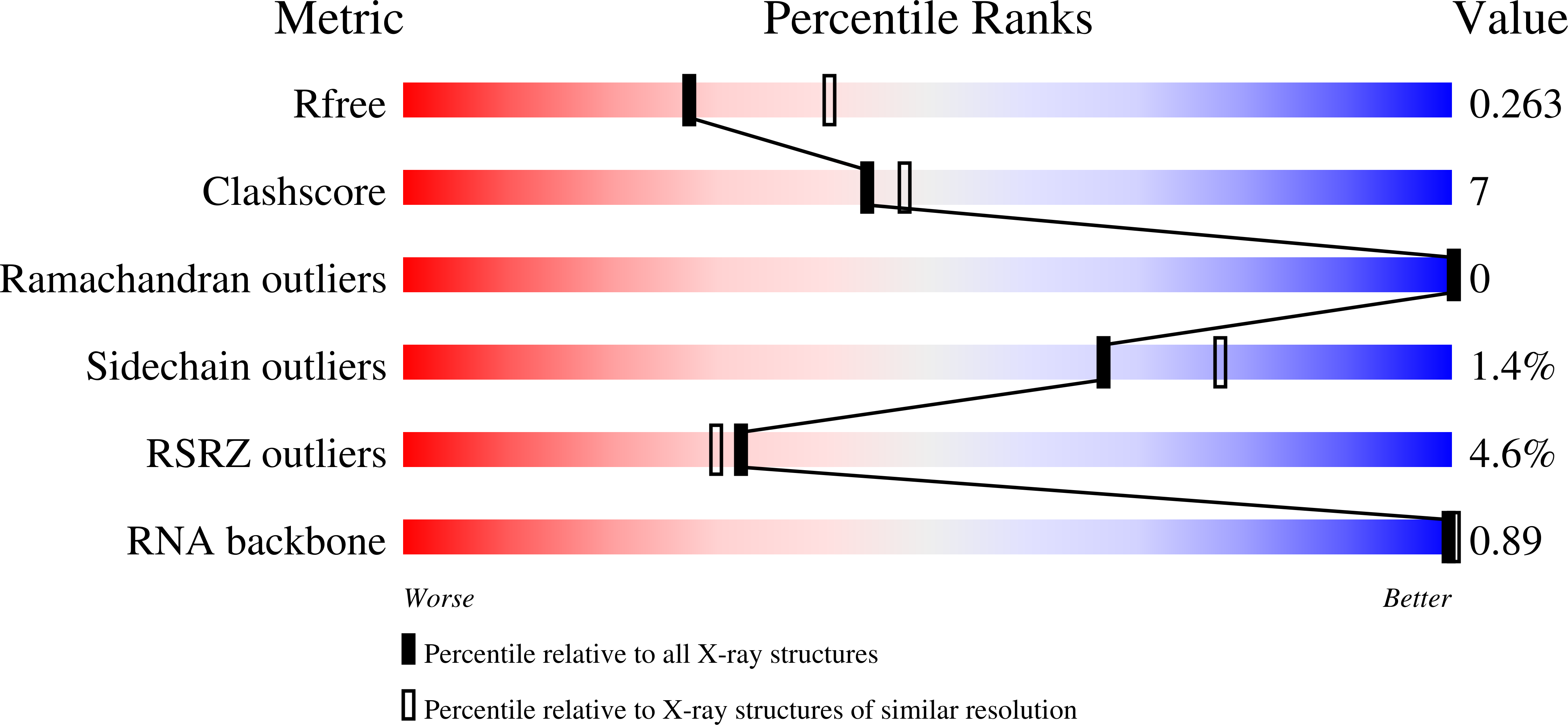
Deposition Date
2022-07-15
Release Date
2022-09-14
Last Version Date
2024-11-06
Entry Detail
PDB ID:
8AF0
Keywords:
Title:
Crystal structure of human angiogenin and RNA duplex
Biological Source:
Source Organism:
Homo sapiens (Taxon ID: 9606)
Host Organism:
Method Details:
Experimental Method:
Resolution:
2.43 Å
R-Value Free:
0.26
R-Value Work:
0.20
R-Value Observed:
0.20
Space Group:
P 21 21 21


